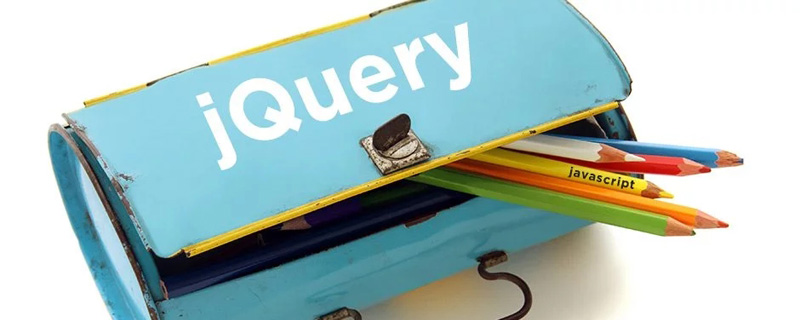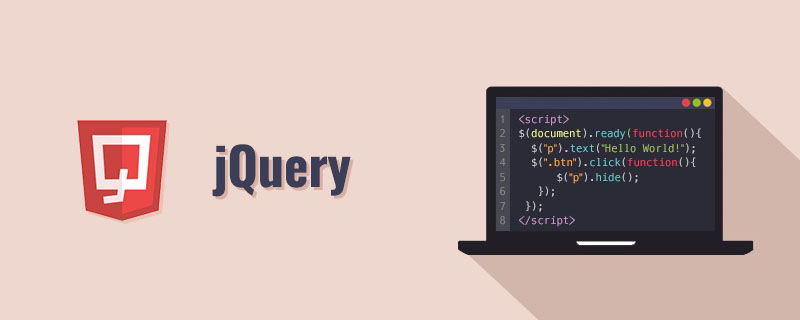 Web Front-end
Web Front-end JS Tutorial
JS Tutorial Solving the problem of multiple executions of mouseout and mouseover in jquery events
Solving the problem of multiple executions of mouseout and mouseover in jquery eventsjquery mouseout mouseover We are very easy to use. This is very easy to use, but during use we will encounter jquery mouseout mouseover. The number of executions is very high. Let’s take a look. Workaround for this problem.
Using jquery, mouseout, mouseover, as the mouse moves, event is triggered multiple times, replaced by js onmouseover, onmouseout is also Same. The final solution is to use jquery, mouseleave instead of mouseout; mouseenter instead of mouseover.
mouseleave, mouseenter event is triggered when the mouse leaves and enters the outermost label.
mouseout, mouseover event is triggered when the mouse leaves and enters the tag inside.
1, single internal element, no difference
<div id="test2" >
<img src='test1.jpg' alt="Solving the problem of multiple executions of mouseout and mouseover in jquery events" >
</div>
$("#test2").mouseleave(function(){
console.log('out');
}).mouseenter(function(){
console.log('in');
});
$("#test2").mouseout(function(){
console.log('out');
}).mouseover(function(){
console.log('in');
});The above two codes of JS code are executed separately, and the execution result is the same. mouseover, onmouseover, mouseenter are the same, mouseout, onmouseout, mouseleave are the same
2, multiple internal elements, mouseleave, mouseenter will only be executed once
<div id="test2" > <ul> <li>test</li> <li>test1</li> <li>test2</li> <li>test3</li> <li>test4</li> </ul> </div>
If you change the html code to ul, this situation , when the mouse enters or leaves the div, mouseleave and mouseenter will only be executed once, while the others will be executed as the mouse slides between each li of the ul.
The above is the detailed content of Solving the problem of multiple executions of mouseout and mouseover in jquery events. For more information, please follow other related articles on the PHP Chinese website!
 jquery实现多少秒后隐藏图片Apr 20, 2022 pm 05:33 PM
jquery实现多少秒后隐藏图片Apr 20, 2022 pm 05:33 PM实现方法:1、用“$("img").delay(毫秒数).fadeOut()”语句,delay()设置延迟秒数;2、用“setTimeout(function(){ $("img").hide(); },毫秒值);”语句,通过定时器来延迟。
 axios与jquery的区别是什么Apr 20, 2022 pm 06:18 PM
axios与jquery的区别是什么Apr 20, 2022 pm 06:18 PM区别:1、axios是一个异步请求框架,用于封装底层的XMLHttpRequest,而jquery是一个JavaScript库,只是顺便封装了dom操作;2、axios是基于承诺对象的,可以用承诺对象中的方法,而jquery不基于承诺对象。
 jquery怎么修改min-height样式Apr 20, 2022 pm 12:19 PM
jquery怎么修改min-height样式Apr 20, 2022 pm 12:19 PM修改方法:1、用css()设置新样式,语法“$(元素).css("min-height","新值")”;2、用attr(),通过设置style属性来添加新样式,语法“$(元素).attr("style","min-height:新值")”。
 jquery怎么在body中增加元素Apr 22, 2022 am 11:13 AM
jquery怎么在body中增加元素Apr 22, 2022 am 11:13 AM增加元素的方法:1、用append(),语法“$("body").append(新元素)”,可向body内部的末尾处增加元素;2、用prepend(),语法“$("body").prepend(新元素)”,可向body内部的开始处增加元素。
 jquery怎么删除div内所有子元素Apr 21, 2022 pm 07:08 PM
jquery怎么删除div内所有子元素Apr 21, 2022 pm 07:08 PM删除方法:1、用empty(),语法“$("div").empty();”,可删除所有子节点和内容;2、用children()和remove(),语法“$("div").children().remove();”,只删除子元素,不删除内容。
 jquery怎么去掉只读属性Apr 20, 2022 pm 07:55 PM
jquery怎么去掉只读属性Apr 20, 2022 pm 07:55 PM去掉方法:1、用“$(selector).removeAttr("readonly")”语句删除readonly属性;2、用“$(selector).attr("readonly",false)”将readonly属性的值设置为false。
 jquery on()有几个参数Apr 21, 2022 am 11:29 AM
jquery on()有几个参数Apr 21, 2022 am 11:29 AMon()方法有4个参数:1、第一个参数不可省略,规定要从被选元素添加的一个或多个事件或命名空间;2、第二个参数可省略,规定元素的事件处理程序;3、第三个参数可省略,规定传递到函数的额外数据;4、第四个参数可省略,规定当事件发生时运行的函数。
 jquery怎么修改元素的title属性Apr 20, 2022 pm 07:00 PM
jquery怎么修改元素的title属性Apr 20, 2022 pm 07:00 PM修改方法:1、用attr(),可设置被选元素的指定属性的值,语法“元素对象.attr("title","新值")”,新值将覆盖旧值;2、用prop(),可为匹配元素集合设置指定属性值,语法“元素对象.prop("title","新值")”。


Hot AI Tools

Undresser.AI Undress
AI-powered app for creating realistic nude photos

AI Clothes Remover
Online AI tool for removing clothes from photos.

Undress AI Tool
Undress images for free

Clothoff.io
AI clothes remover

AI Hentai Generator
Generate AI Hentai for free.

Hot Article

Hot Tools

Dreamweaver Mac version
Visual web development tools

SublimeText3 Linux new version
SublimeText3 Linux latest version

SublimeText3 Chinese version
Chinese version, very easy to use

SublimeText3 English version
Recommended: Win version, supports code prompts!

ZendStudio 13.5.1 Mac
Powerful PHP integrated development environment





